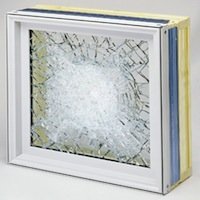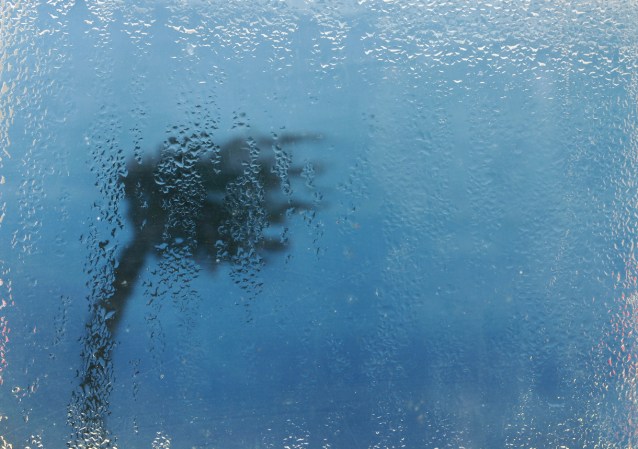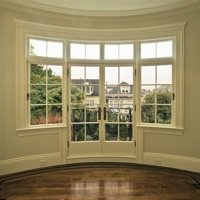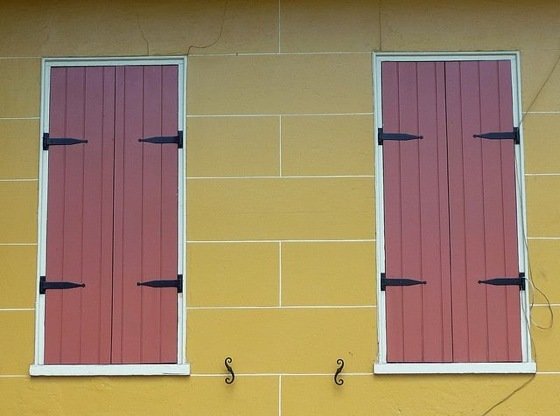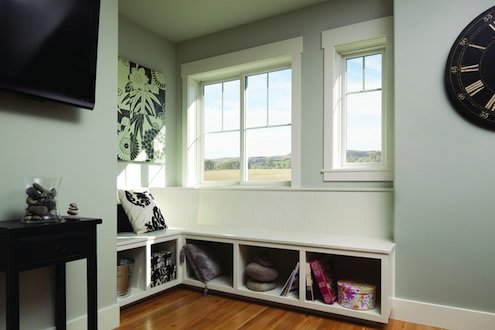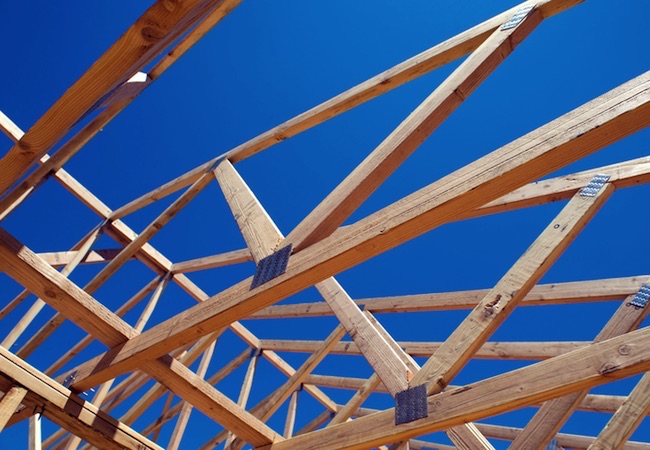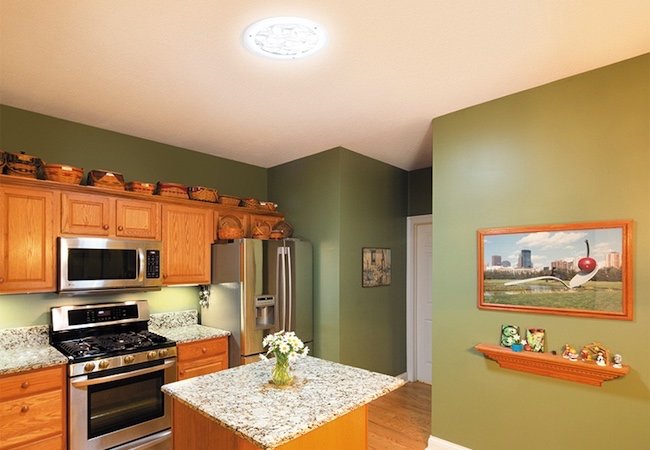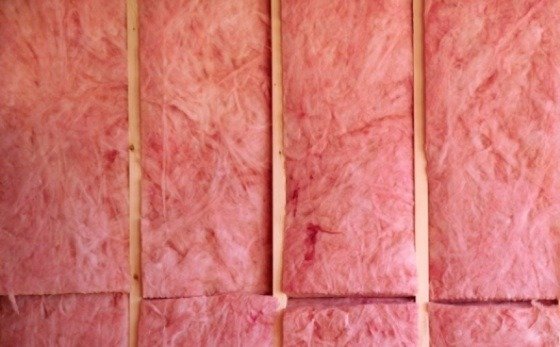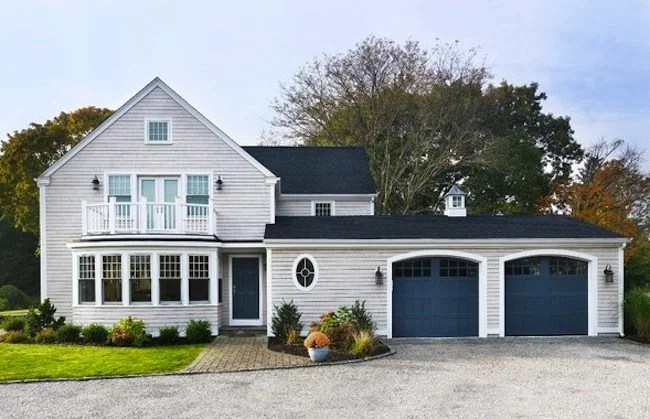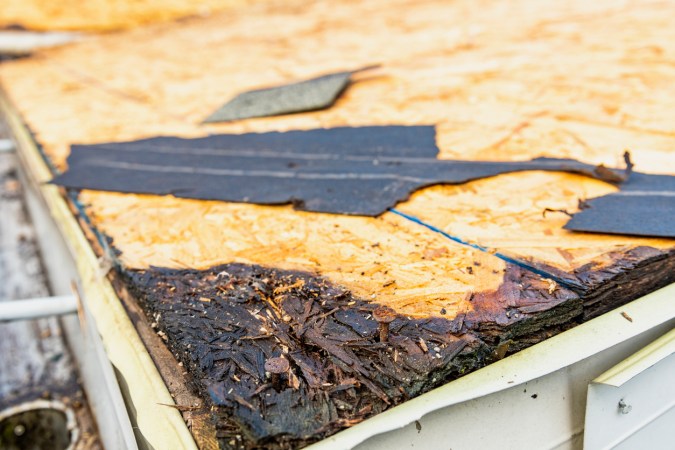We may earn revenue from the products available on this page and participate in affiliate programs. Learn More ›
Hurricane winds deliver force to building exteriors and elements. It is by far the debris these winds carry that most threatens a home during a wind event. In high winds, roof sheathing, branches, roof tiles, or garbage cans become projectiles or missiles that are hurled at neighboring homes. The key to keeping your property intact is to keep the envelope tight so that wind and water cannot enter. Windows are a key point of entry, so it is essential that they resist the damaging force of wind-borne debris.
There are only two secure ways to protect the openings of your home when hurricanes begin to blow — shutters and impact-resistant windows. Protecting your home and your family from flying debris requires that windows, doors, skylights, and patio doors all meet the tougher building standards mandated by agencies and regulations like the South Florida Building Code, which has become a leader in materials and fastening upgrades in hurricane zones.
Window Design and Installation
When they first entered the market about 20 years ago, impact-resistant window styles were somewhat limited. Since then research and development have caught up to the demands of stricter building codes, and now nearly any type or style of window is readily available. Windows with impact-resistant designs now include fixed-pane, awning, casement, horizontal roller, and single-hung and double-hung models. Skylights, door glass, and patio doors are also available in impact-resistant formats. Today, virtually all of the major window manufacturers make high-grade, impact-resistant windows that have been certified to meet all protective standards.
A window is part of a total house envelope, so it must be installed correctly in order to maintain its integrity. According to Brian Hedlund, product marketing manager at Jeld-Wen Windows & Doors, each manufacturer specifies how its impact-resistant windows must be installed in order for them to offer the maximum amount of protection when confronted by storm-driven debris. “The installation methods are typically set forth by each manufacturer, and a lot of times test reports [on how a window responds to debris and wind in a laboratory setting] will dictate what the installation method should be,” Hedlund says.
Dave Olmstead, spokesman for PGT Industries in Venice, Florida, agrees that no matter how strong a window is, the attachment to the building structure is critical. Olmstead says a window that is 53 inches by 76 inches would have 28 square feet of exposure, and with a wind speed of 146 mph, a Category 4 hurricane would result in a load on the window equivalent to 1,958 pounds of pressure. For the window to perform correctly, the load has to be transferred to the building itself, which is done by using suitable anchors to transfer the load from the window or door frame to the rough opening without causing failure.
Keep Windows Tight
A key factor when installing impact-resistant windows is a watertight caulk seal. “Caulking of the window is also critical to prevent water intrusion,” Olmstead says. “Both the window bucks [the square box or frame within a concrete foundation for future window installation] and the window itself must be thoroughly sealed to the building.”
Oftentimes, the closer the home is to the coastline, the more stringent the requirement for fasteners. Homes on the beach typically require stainless steel screws to stand up to the salt spray. Those further inland may require galvanized screws. Screws rather than nails are specified because nails are less resistant to pull-out when lateral force is applied to the window and surrounding wall. Screws pull material together and won’t pull out.
Cost and Availability
Impact-resistant windows are available nationwide by special order, but are most readily available in coastal states that mandate their installation through tougher building codes. They can be ordered and shipped anywhere, however.
According to an independent study by the North American Laminated Glass Information Center, adding impact-resistant windows will only increase construction costs by a few thousand dollars on an average new home. As with all building enhancements, the familiarity of the crew with the product will directly impact how long the windows take to install and how much labor will cost. Compare the cost of the product, installation, and any insurance benefits before making your decision.
Insurance Benefits
Benefits from impact-resistant windows extend beyond the storm belt to broader security concerns. Impact-resistant windows are considered to be security features — they are so difficult to penetrate or separate from their frames that they reduce break-ins, theft, and property damage. There are insurance breaks for new homes built with impact resistant windows, and for existing homes remodeled to include the tougher windows and frames. Check with your homeowners insurance carrier to see what kind of a discount is available.
Storm-Ready Building Codes
It’s not just Florida that needs protection from wind and wind-borne debris. Since tougher building codes took effect in Florida following the devastation of Hurricane Andrew, numerous other states have followed suit by adopting storm-ready building codes of their own. According to the International Building Code, the following states now require impact-resistant windows in new construction and remodeling: Alabama, Connecticut, Delaware, Florida, Georgia, Maryland, Massachusetts, Mississippi, New York, North Carolina, Pennsylvania, Rhode Island, South Carolina, Texas, and Virginia.
